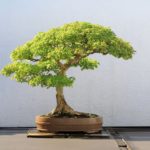Many people enjoy planting various types of trees and plants, especially those that are believed to bring good fortune and positive energy. Aside from their aesthetic appeal, these plants are thought to offer a range of benefits, from purifying the air and providing a calming green space to attracting prosperity and good luck.
However, selecting and caring for these plants can be a challenge, as not all of them are easy to maintain. That’s where we come in. We’ve compiled a list of five “indestructible” plants that require minimal care but will thrive and bring abundance into your home. Read on to discover the perfect green companions!
1 Pothos

Pothos, also known as Devil’s Ivy, is a trailing vine with heart-shaped leaves. Aside from its hardiness and low-maintenance nature, this plant is an excellent air purifier, capable of absorbing toxins such as smoke, fuel fumes, and electronic radiation.
In feng shui, pothos is believed to attract wealth, prosperity, and good luck. Its upward-growing nature also symbolizes career advancement and ambition, making it an ideal plant for entrepreneurs and business managers.

While pothos is easy to care for, it’s important to keep it out of reach of children and pets as it can be toxic if ingested. Display this plant on your desk, balcony, or anywhere in your home to add a touch of greenery.
2 Snake Plant
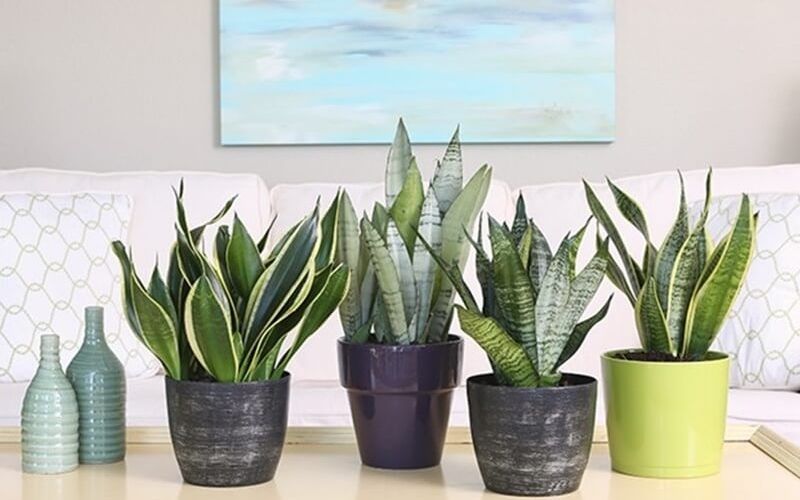
The snake plant, also known as mother-in-law’s tongue, features striking green and yellow stripes that run the length of its leaves. It is an excellent air purifier, capable of removing toxins and pollutants from the air while producing abundant oxygen, making it a healthy addition to any space.

In feng shui, the snake plant’s upright, pointed leaves resemble a sword, symbolizing strength and the spirit of a true gentleman. Its majestic presence from root to tip also represents power, wealth, and prestige.
Snake plants are extremely low-maintenance and can be grown in pots or hanging baskets, making them a versatile addition to your home decor.
3 Peace Lily

The peace lily, also known as the white flag, is a bushy plant with elegant white flowers. Aside from its easy-going nature, this plant is an excellent air purifier, capable of removing dust and pollutants from the indoor environment.
Peace lilies are known for their ability to absorb negative energy and are often placed near electronic devices such as televisions, computers, and microwaves to counteract their radiation. Common spots for these plants include desks, reception areas, balconies, and windowsills.

In feng shui, peace lilies are believed to harmonize and absorb conflicting energies within a space, creating a peaceful and serene environment for the occupants. While they can tolerate low light conditions, it’s best to provide them with regular sunlight for optimal growth.
4 Money Tree
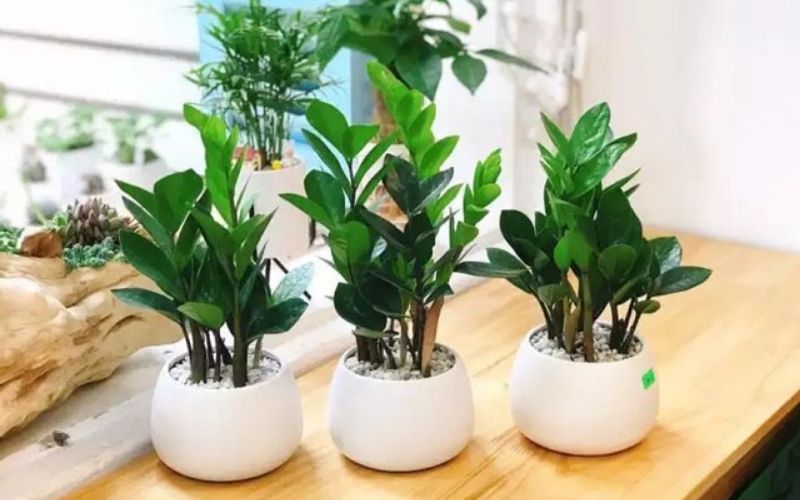
The money tree, also known as the money plant or money tree, is a hardy and easy-to-care-for plant that thrives indoors or in offices. It is an excellent air purifier, adding a touch of greenery to your space while providing abundant oxygen.
In feng shui, the money tree is believed to bring wealth and prosperity. Its upward-growing leaves resemble hands reaching up to receive blessings from the heavens, symbolizing ambition and progress.
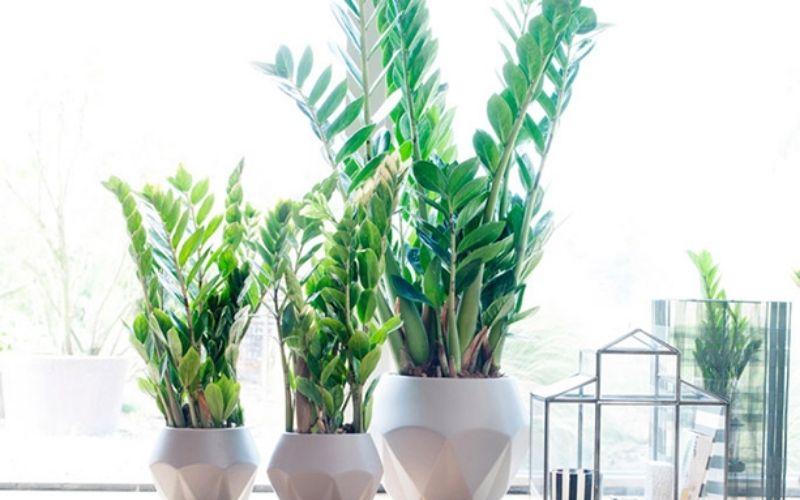
The ideal spot for a money tree is near a source of natural light, such as a window, or on a desk where it can receive indirect sunlight.
5 Chinese Evergreen
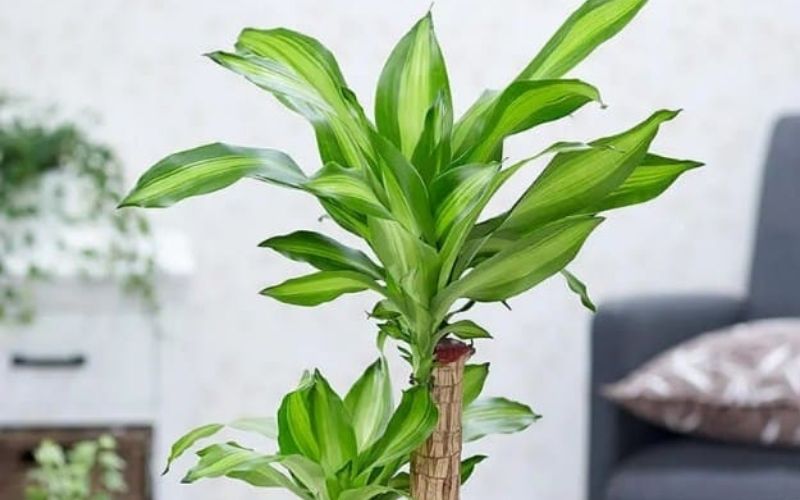
The Chinese evergreen, also known as the lucky plant or phat duy, features white flowers with a delicate fragrance. This easy-to-care-for plant will fill your space with a pleasant aroma while adding a touch of greenery.
We hope you enjoyed our selection of five low-maintenance, fortune-bringing plants. Choose the ones that resonate with you and bring nature’s blessings into your home!
Should you grow climbing plants indoors? What plants are best for indoor climbing?
 plants indoors? What plants are best for indoor climbing?’>
plants indoors? What plants are best for indoor climbing?’>Growing indoor vines has become a popular trend among many gardening enthusiasts. So, is it worth planting vines indoors? And if so, which type of vines should you choose?



























